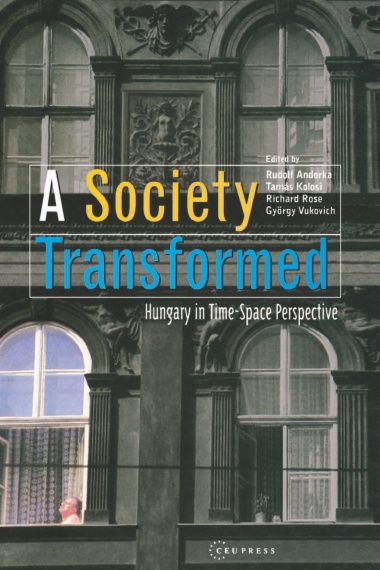In the past half-century every Central and East European society has been twice subject to transformation. Initially, Hungary was transformed by communist-style modernization, increasing industry, expanding secondary education and improving health. The second shock was the collapse of the communist regime and the introduction of democratic institutions and a market economy. How much or how little impact has institutional change had on the lives of ordinary people? Drawing on detailed surveys, highlighted in tables and figures, the authors identify long-term changes in Hungary from the late 1940s to the late 1980s and provide an in-depth analysis of the impact of the collapse of the communist system in the 1990s. They also compare long-term and shor-term change in Hungary with trends in other Central and Eastern European countries.
- cover
- front matter
- title page
- copyright page
- List of tables
- List of figures
- List of contributors
- Acknowledgments
- Introduction: Scaling change in Hungary
- 1 Long-term modernization of Hungarian society
- 2 Population: birth, marriage, and death
- 3 Denomination and religious practice
- 4 The scope of the state and private sectors
- 5 The post-Communist economic elite
- 6 The middle strata in transformation
- 7 Consciousness of inequality
- 8 Welfare programmes and the alleviation of poverty
- 9 Dissatisfaction and alienation
- 10 Parties and social divisions: a common East-Central European pattern?
- 11 The long and the short of transformation in Central Europe
- Index
- Index

